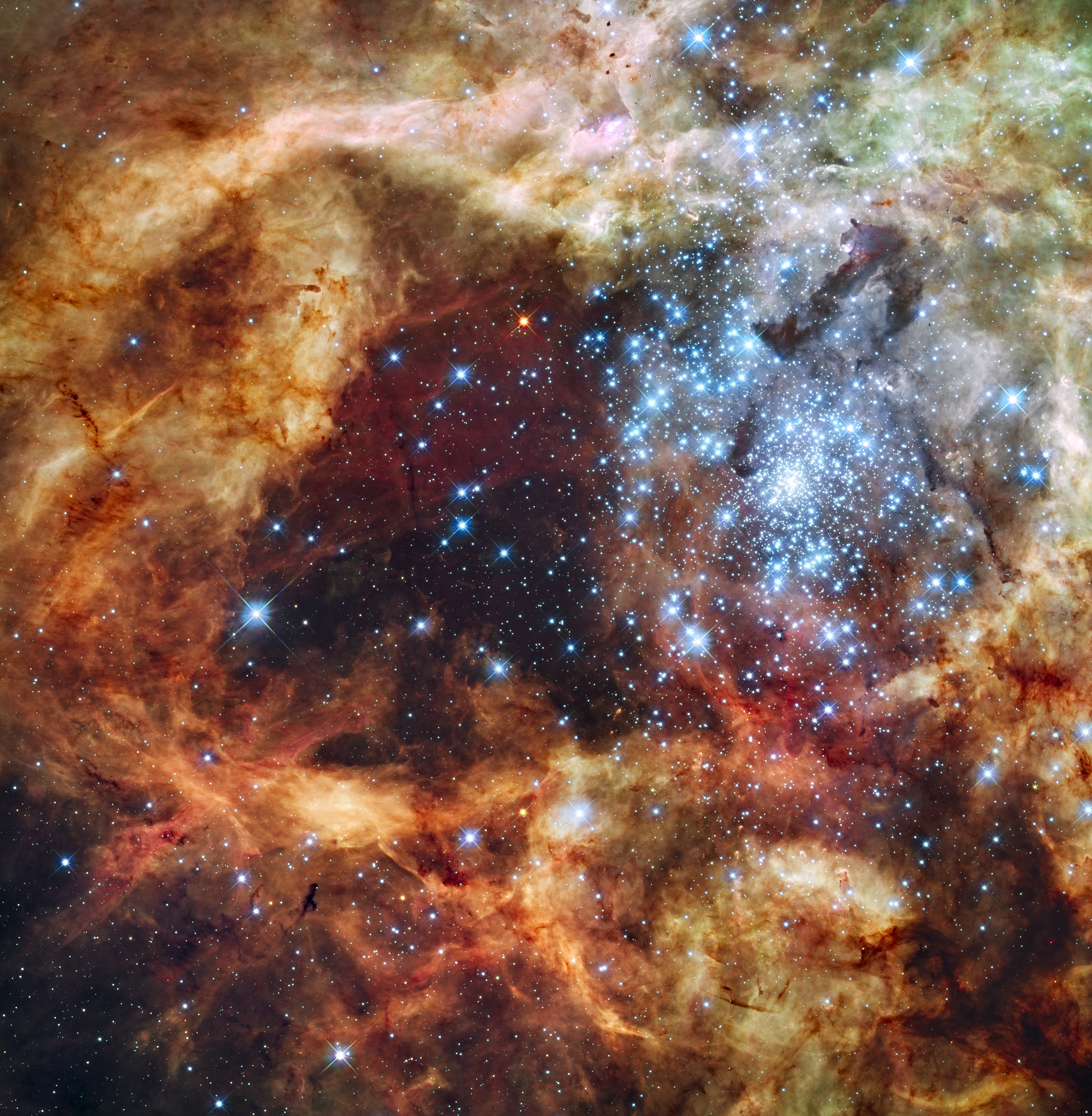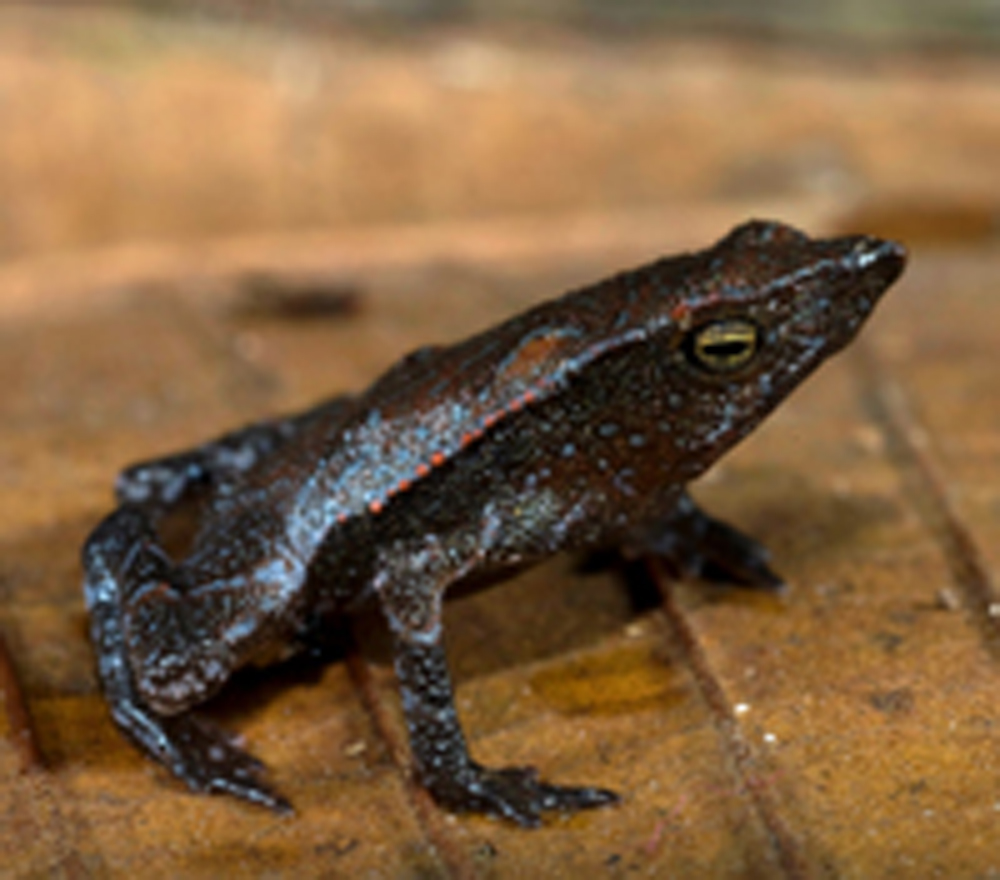
This artist’s concept shows the sky crane maneuver during the descent of NASA’s Curiosity rover to the Martian surface. (Image: NASA/JPL-Caltech)

A close-up view of a South American scarab dung beetle (Oxysternon conspicillatum) (Photo: J. Mark Rowland/Douglas J. Emlen/Courtesy: National Science Foundation)

From the Hubble Space Telescope – Star Cluster R136 bursts out (Photo: NASA, ESA, & F. Paresce (INAF-IASF), R. O’Connell (U. Virginia), & the HST WFC3 Science Oversight Committee)

Engineers checking out the Inflatable Reentry Vehicle Experiment (IRVE-3) at NASA’s Langley Research Center in Hampton, Virginia (Photo: NASA Langley/Sean Smith)

A fluorescent micrograph capturing the presence of bacteria (shown in green) on the surface of an emerging lateral root of the Arabidopsis, a small flowering plant related to cabbage and mustard (Photo: Sarah Lebeis/University of North Carolina)

As seen through a window in the Cupola, the International Space Station’s Canadarm2 grapples the unpiloted Japan Aerospace Exploration Agency (JAXA) H-II Transfer Vehicle (HTV-3). (Photo: NASA)

From NASA’s Chandra X-ray Observatory – X-rays From a young supernova remnant (Image: X-ray: NASA/CXC/STScI/K.Long et al., Optical: NASA/STScI)

A new amphibian species, the ‘Mr. Burns Beaked Toad’ (Credit: USFWS)

An aurora borealis visible in the northern sky over Merritt Reservoir in Valentine, Nebraska (Photo: Howard Edin/Courtesy: National Science Foundation)





















Comments are closed.